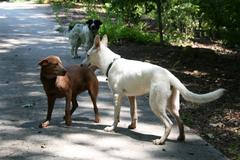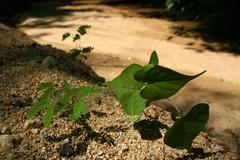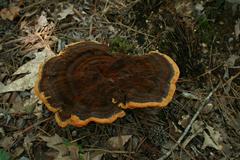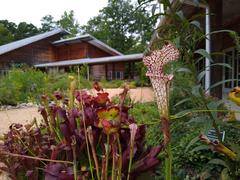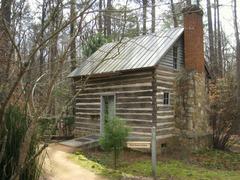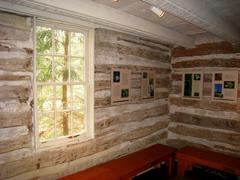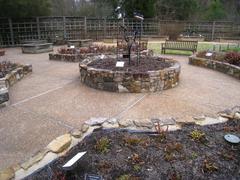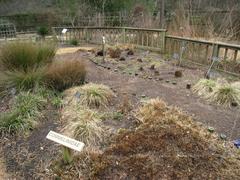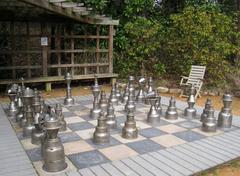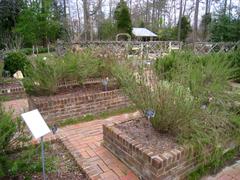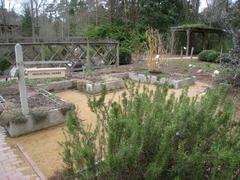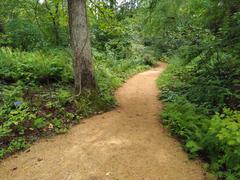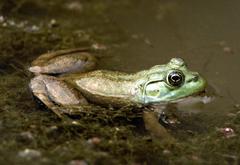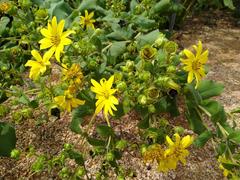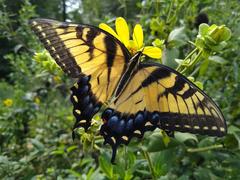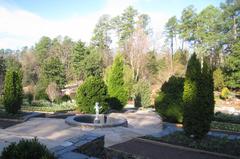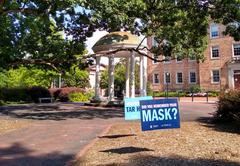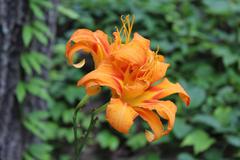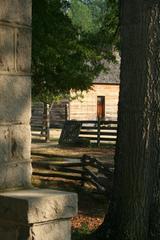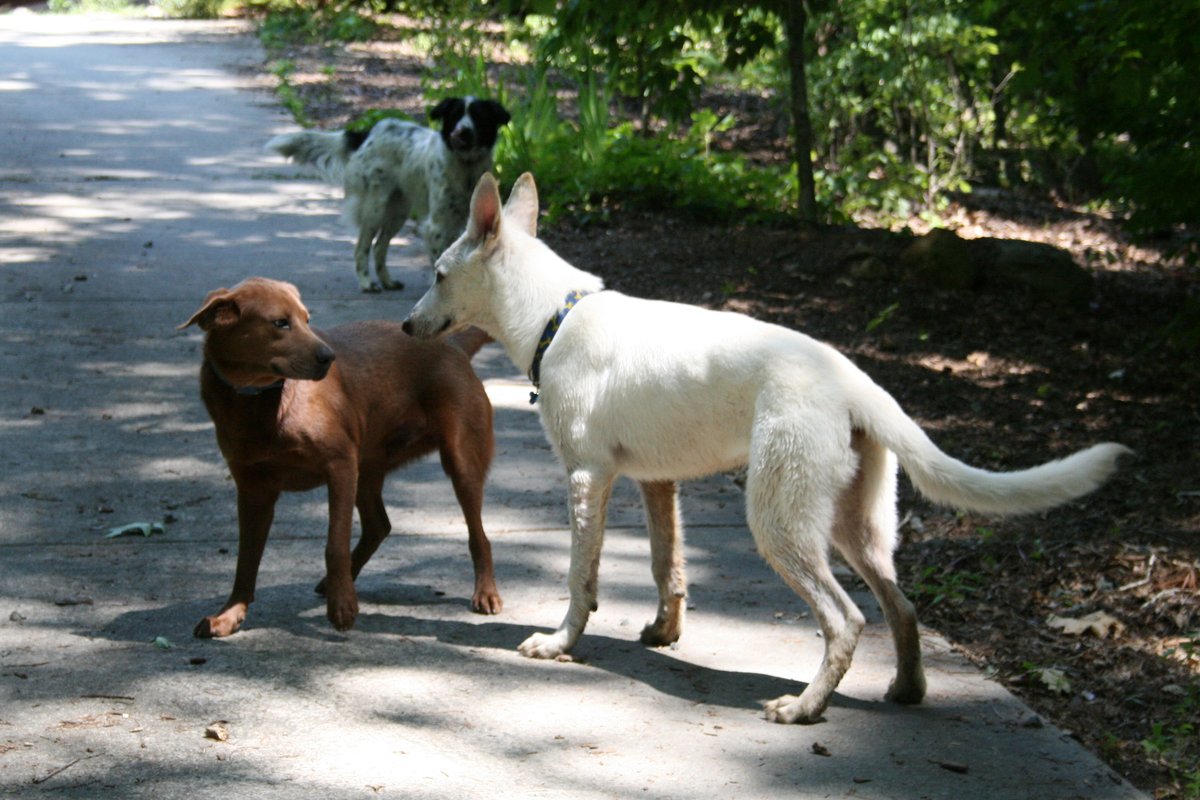
North Carolina Botanical Garden Visiting Guide
Publication Date: 19/07/2024
Introduction to the Garden
The North Carolina Botanical Garden (NCBG) in Durham, United States, stands as a testament to the beauty and diversity of native plants and ecosystems. Established in the early 1950s and officially opened in 1952 by the University of North Carolina at Chapel Hill (UNC), the garden has flourished into a premier destination for nature enthusiasts, conservationists, and families alike. Spanning over 1,100 acres, NCBG is among the largest botanical gardens in the southeastern United States, embodying a rich history of conservation and education (NCBG official website).
From its humble beginnings with a 70-acre dedication to its current expansive footprint, the garden exemplifies a commitment to the preservation and appreciation of native flora. The garden’s mission extends beyond mere display, focusing on inspiring a sustainable relationship between people and nature through extensive conservation efforts, educational programs, and community engagement. Visitors are offered a unique opportunity to explore themed gardens, such as the Native Water Gardens and the Carnivorous Plant Collection, and to participate in varied educational initiatives and special events (NCBG official website).
As a living laboratory, the NCBG also plays a pivotal role in scientific research, contributing to the broader understanding of plant biology, ecology, and conservation. Supported by UNC, the garden collaborates with numerous institutions to further its mission, making it not just a place of beauty, but a critical center for environmental stewardship and scientific inquiry (Center for Plant Conservation).
Contents Overview
- Introduction
- History and Development
- Early Beginnings
- Expansion and Growth
- The Role of the University
- Conservation Efforts
- Educational Programs
- Infrastructure Development
- Visiting Information
- Visiting Hours
- Tickets
- Travel Tips
- Nearby Attractions
- Community Engagement
- Research Initiatives
- Future Plans
- Frequently Asked Questions (FAQ)
- Conclusion
History and Development
Early Beginnings
The NCBG has a rich history that dates back to the mid-20th century. Officially established in 1952 when the University of North Carolina at Chapel Hill (UNC) dedicated 70 acres of land, the garden has always aimed to serve educational and conservation purposes.
Expansion and Growth
In the 1960s, under the leadership of Dr. William Lanier Hunt, the garden began to take shape, focusing on native plants of North Carolina. By 1966, the garden had expanded to 103 acres, continuing to grow in both size and scope.
The Role of the University
UNC has played a pivotal role in the garden’s development, making it a living laboratory for students and researchers to study native plants and ecosystems.
Conservation Efforts
One of the primary missions of the NCBG is conservation. The garden has launched several successful conservation programs since the 1970s, aimed at protecting endangered plant species and restoring native ecosystems.
Educational Programs
Education is a core component of the NCBG’s mission. The garden offers a range of educational programs, including guided tours, workshops, and lectures on botany, horticulture, and conservation. It also collaborates with local schools to provide educational opportunities for students.
Infrastructure Development
Significant infrastructure development has taken place over the years. In 2009, the James and Delight Allen Education Center was opened, serving as the hub for the garden’s educational programs. The garden also boasts themed gardens like the Native Water Gardens and the Carnivorous Plant Collection.
Visiting Information
Visiting Hours
The NCBG is open daily from 9 AM to 5 PM, except on major holidays. Special hours may apply for events and guided tours.
Tickets
General admission is free, but donations are encouraged. Some special events and programs may have associated costs.
Travel Tips
The garden is easily accessible by car, with ample parking available. Public transportation options are also available through local bus services.
Nearby Attractions
While you’re in Durham, consider visiting other historical sites such as the Duke Gardens and the Sarah P. Duke Gardens, which offer additional botanical experiences.
Community Engagement
The NCBG hosts numerous events throughout the year, including plant sales, festivals, and volunteer opportunities, fostering a strong sense of community engagement.
Research Initiatives
Research is a key component of the NCBG’s mission. The garden conducts numerous research projects focused on plant biology, ecology, and conservation, often in collaboration with other institutions.
Future Plans
The NCBG aims to continue its efforts in conservation, education, and research. Future plans include the development of new garden areas, expanded educational programs, and enhanced research facilities.
Frequently Asked Questions (FAQ)
-
What are the North Carolina Botanical Garden’s visiting hours?
- The garden is open daily from 9 AM to 5 PM, except on major holidays.
-
Do I need to buy tickets to visit the garden?
- General admission is free, but donations are encouraged. Special events may have associated costs.
-
Is the garden accessible for people with disabilities?
- Yes, the garden is accessible with paved paths and ramps.
-
Are guided tours available?
- Yes, guided tours are available and can be booked in advance.
-
Can I bring my pet to the garden?
- Pets are not allowed, except for service animals.
Conclusion
The North Carolina Botanical Garden is a significant institution dedicated to the conservation of native plants and ecosystems. Its efforts in education, research, and community engagement make it a leader among botanical gardens. Plan your visit today to experience the natural beauty and educational opportunities that NCBG offers. For more detailed information, you can visit the North Carolina Botanical Garden’s official website.
